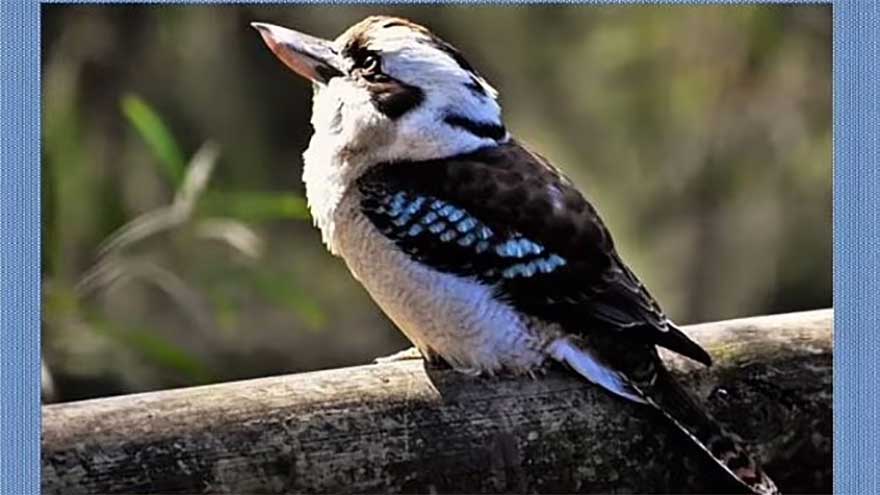Dr Dean Jackson, a biologist and BBC presenter, recently captivated TikTok viewers with a visual illusion that reveals just how Kookaburra powerfully our brains process images. In a video that quickly gained traction, Dr Jackson presented an ordinary nature photograph—at least, that’s how it first appeared. Starring in the image is a kookaburra perched on a log, but as Dr Jackson challenges viewers, there’s a second animal hidden in plain sight: a goat.
Reframing the Familiar: The Hidden Goat Experiment
The experiment starts with Dr Jackson inviting viewers to observe the kookaburra. He then prompts them to look again, hinting that something else is concealed within the image. As the video zooms in, he offers a crucial clue: “The animal that they see is way bigger than a kookaburra and it most definitely cannot fly.” For those struggling, Jackson overlays an image of grass where the second animal’s mouth should be—a subtle nudge that often leads to a collective “aha” moment.
With this context, many viewers suddenly see a goat’s head emerging from the bird. The markings on the kookaburra’s head become the goat’s snout, while the bird’s beak transforms into the goat’s ear. Dr Jackson calls this exercise “an experiment on reframing and reimagining based on a prior image.” He highlights how changing perspective can unlock multiple interpretations from a single photograph.
Social Media Reactions Kookaburra: Amazement and Confusion
The illusion drew a spirited response from TikTok users, with many expressing amazement and a touch of bewilderment. Comments ranged from “Wow, completely freaked me out. Absolutely amazing. I thought what goat?” to “I could see the goat but I still knew it was a bird. But when the video started again, I saw a bird with a goat’s head. Thanks for the nightmare fuel, I guess.”
Others admitted that they only spotted the hidden goat after Jackson added the hint of grass. “I work with goats as well,” remarked one viewer, underscoring how our expectations and experiences shape what we perceive. For some, the illusion never quite came into focus. “What goat, I could only see the bird,” wrote another, illustrating the varying ways our brains process the same visual information.
The Science Behind Optical Illusions and Pareidolia
What makes this illusion so compelling is its exploitation of pareidolia—a psychological phenomenon where the mind responds to random stimuli by perceiving familiar patterns, such as faces or animals. Dr Susan Wardle, a psychologist at the National Institutes of Health, explains that our brains are constantly interpreting complex, sometimes ambiguous patterns of light into recognizable objects and scenes.
This pattern-spotting ability likely offered evolutionary advantages: early humans needed to quickly recognize friends, foes, or possible dangers in their environment. However, as Dr Wardle notes, this survival tool can also lead us astray, convincing us that significant shapes or faces exist in clouds, burnt toast, or, in this case, the feathers of a bird.
Once the goat’s head is seen, the illusion can be hard to unsee—a testament to the brain’s powerful drive to impose order and meaning on the world. The kookaburra-goat image demonstrates how even after the “true” image is revealed, our minds may continue to toggle between interpretations, unwilling to let go of either.
Why Illusions Like This Captivate Us
Ultimately, the viral success of Dr Jackson’s TikTok experiment reveals how much joy and curiosity these moments of perceptual trickery inspire. Social media commenters were left both baffled and delighted, often expressing a lingering surprise at how easily their brains could be “reprogrammed” with just a nudge. The illusion serves as a playful reminder that what we see is not always the whole story—sometimes, it depends on how we look.
Topics #Dr Dean Jackson TikTok #kookaburra goat illusion #optical illusion animal #pareidolia example #trending pakistan




